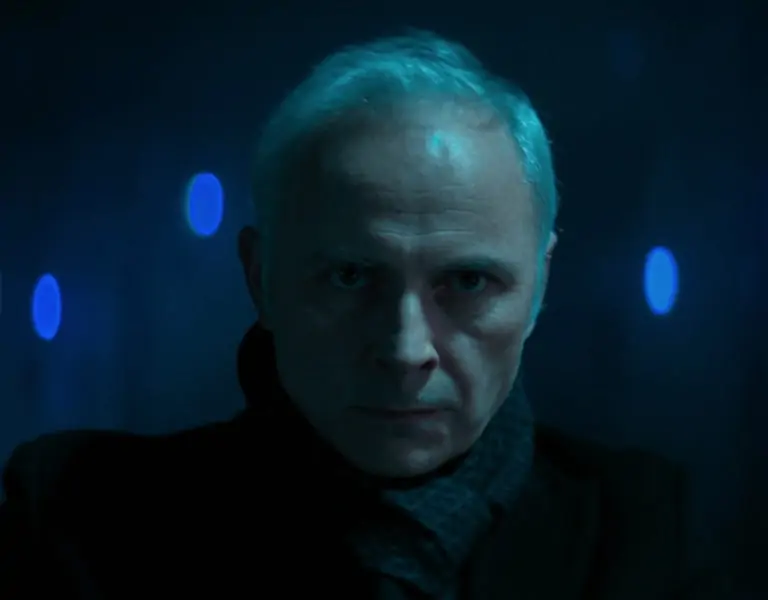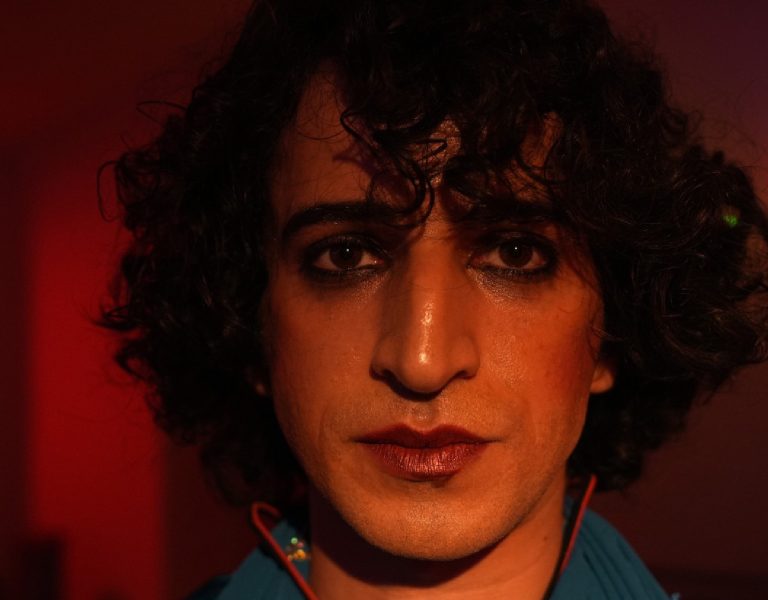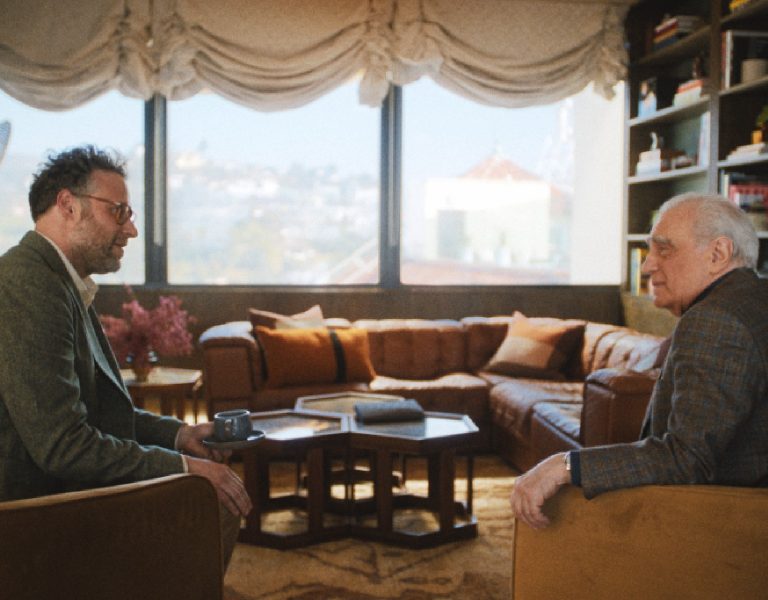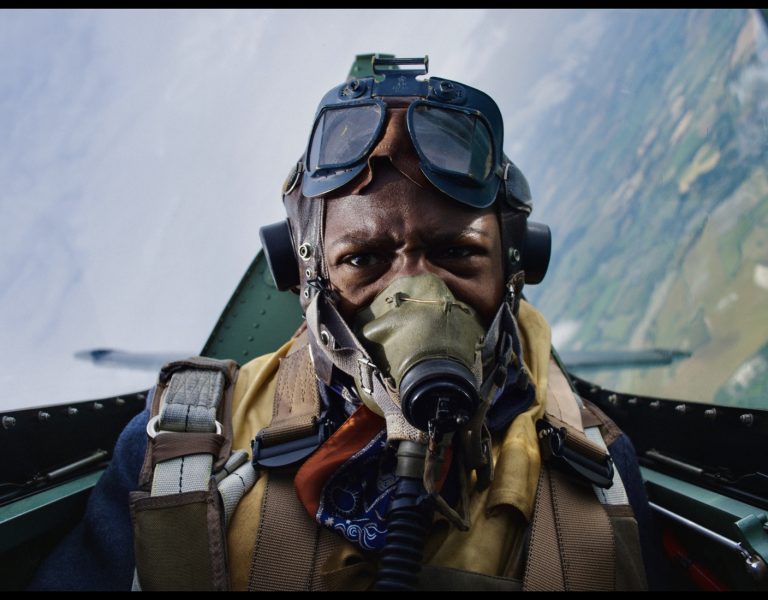Single Malt Productions is behind the new stop motion music video, Insomniac by Nikita Faie. Cinematographer Jamie Touche talks through a rather challenging process.
Single Malt Productions is behind the new stop motion music video, Insomniac by Nikita Faie. Cinematographer Jamie Touche talks through a rather challenging process.
Stop motion animation, a timeless and captivating technique, is being embraced in music video production for its unique, handcrafted aesthetic. For instance, the video for Oren Lavie’s Her Morning Elegance uses stop motion to create a dreamlike sequence as a woman journeys through an imaginative world while lying on a bed. Radiohead’s Burn the Witch employs the style to tell a dark, allegorical tale reminiscent of classic children’s stories. Similarly, The White Stripes’ Fell in Love with a Girl showcases a vibrant and energetic Lego stop motion animation, demonstrating how this technique can visually enhance a song’s narrative.
Single Malt Productions is producing a fresh stop motion music video titled Insomniac by Nikita Faie. The team comprises cinematographer Jamie Touche, producer Emma Hanson, movement director Phoebe Stapleton and designer Kate Beard. They previously teamed up on the NFTS graduation animation project Build Me Up, under the direction of Steve Lawson. Their collaboration on that project led to Lawson involving them in this new venture, aiming to showcase their unique talents in the stop motion field.
The team has collaborated on a few stop motion and animated projects over the years, but this particular mixed media pixilation idea “was exciting” to Touche “as he really gave me free reign over the visuals” to play and lean into the process.
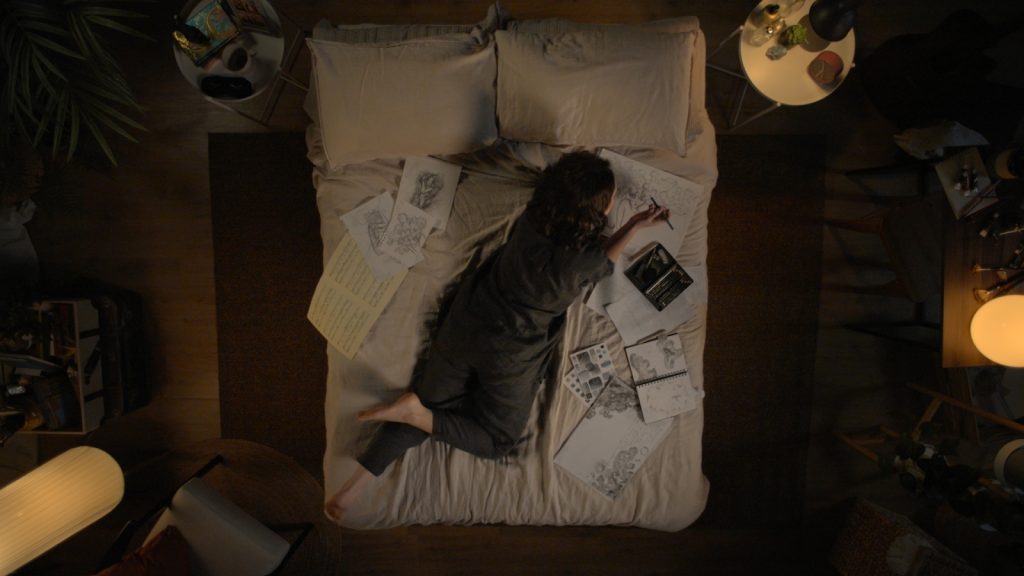
It looked at the “usual selection of stills cameras, but given this is a multimedia piece” it was agreed to use a camera that could perform well in video and stills, as well as function in the Dragonframe animation software.
“The Sony FX3 was an obvious choice which limited our lens selection, but there’s a plethora of lovely stills lenses that are characterful and budget friendly,” Touche says. “We looked at a few sets but the Nikon vintage still lenses worked functionally, and for the look, providing a nice softness to the sharp stills we shot. We’re taking high shutter speed photographs to create the video, so vintage glass helps soften an image that is sharp by design. For the medium, the lenses need to be clicked and not electronically compatible with the camera, so as to keep a consistent aperture as we shoot – therefore avoiding flicker.”
Touche likes the fact the FX3 is small, can be rigged overhead with relative ease, and has no crop between stills and video. “Where we shot live action and animation, having no crop between the two, meant we could retain the frame as we transition between live action and pixilation,” he continues. “Previously we’ve shot on Canon 1DXs and other stills cameras, but here, the FX3 gives us more flexibility between media, and I’ve found the colour processing to be more cinematic (whatever that means!) to handle afterwards – it feels more naturally filmic than a dedicated stills camera.”
The team used LED with some tungsten practicals and designed several lighting setups with varying levels of realism “and plenty of fiddly in-camera fades” and transitions. “Tungsten has a real charm to it, and is dimmable in practicals which was a requirement, but the Aperture and Amaran LED lighting was great for our larger fixtures,” Touche continues. “It provided a consistent intensity throughout – often lights can flicker in animation especially if you’re shooting a fast shutter, so these LED heads were the way to go and popular with our overheating animators – Steve Lawson, Joey Hawks, Eve Bannister.”
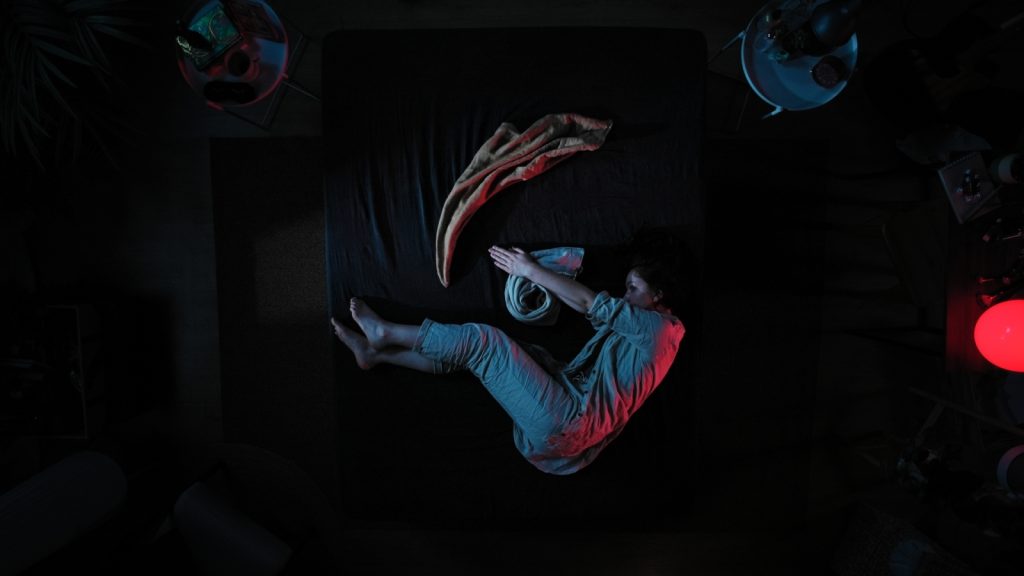
The video also features stop motion, a process which Touche says allows for a certain amount of suspension of disbelief. “It’s such a beautiful medium that lends itself to creative solutions, so as the film goes on, we pushed further and further into the void before bringing things back to reality at the end,” he says. “The theme of insomnia gave scope for this as well.”
Spinning plates
Touche shot several plates of moving elements “which may or may not” be used as moving foreground elements. “However, we wanted to keep most of it in-camera, the restriction of the single top shot, and the charming nature of pixilation is in the fact that it is all hand-made,” he says. “It is a time consuming format, but I think that’s why audiences connect with the much-loved medium of stop motion.”
There were some big challenges to overcome, with the biggest one caused by the lack of budget for a full DMX rig. “My biggest challenge was crafting the lighting transitions manually,” he says. “There was a fair bit of questionable maths involved in making sure 7 lights change at different increments, frame by frame, animating on dimmers in small increments. The result is a vibrant world, that drifts and changes as she battles through her dark night of the soul and I’m particularly proud of how it came out.”
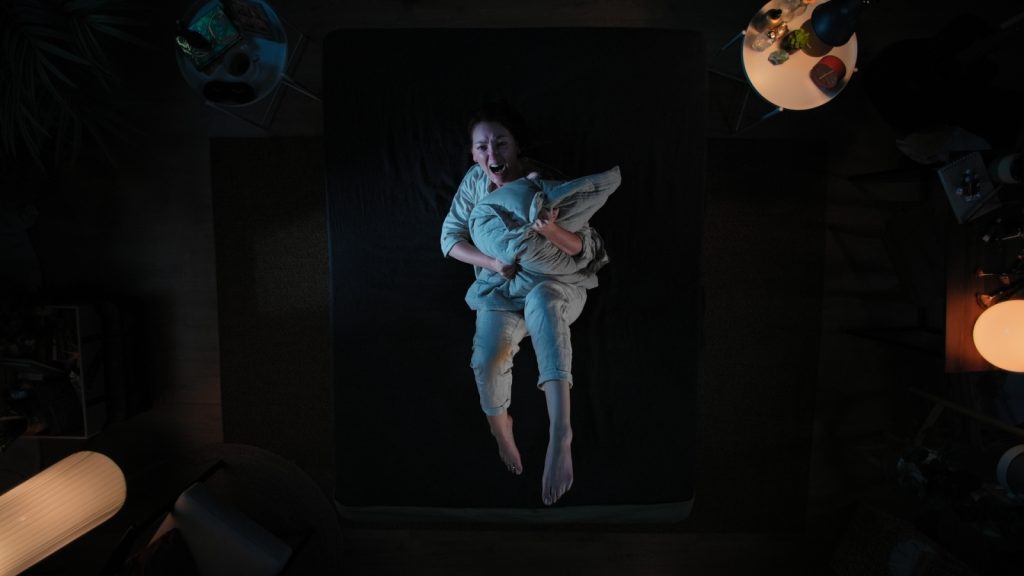
Touche says that being a cinematographer who primarily works in narrative and documentaries, it is always a challenge to get used to the pace of stop motion, “but there is so much charm” in a process that is tactile and hand-crafted.
“I ended up helping out with animating a lot of the final sequence,” he says. “I am really pleased with how it’s turned out and can proudly call myself a trainee animator now.”
Lighting and camera kits were provided by SL Vision Studios.
The Insomniac video will be released online and on socials at the end of August.










